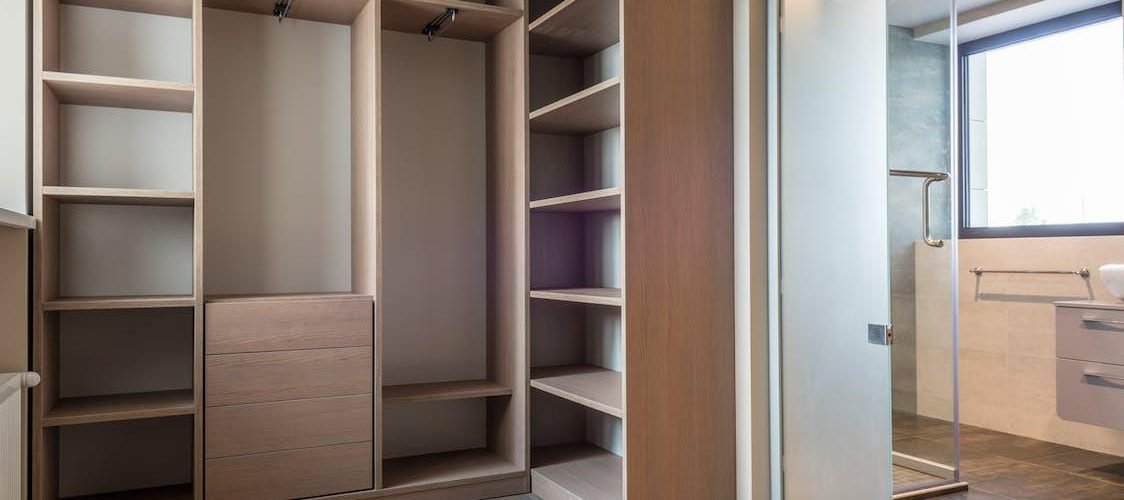This article discusses the role of AV racks in simplifying audio-visual installations. AV racks play a crucial role in ensuring efficient and effective installation processes. With a focus on centralized equipment management, AV racks streamline system set-up and cable organization. They also provide easy access to devices and connections, enhancing the overall audio-visual experience. By adopting an objective and technical approach, this article aims to provide readers with detailed insights into how AV racks can optimize audio-visual installations.
Table of Contents
Importance of Centralized Equipment Management
Centralized equipment management is of great importance in audio-visual installations. It allows for streamlined control and efficient operation of various AV components within a system. By centralizing control, AV racks offer the ability to consolidate equipment, reducing clutter and optimizing space utilization. This enables easier access to maintenance and troubleshooting activities. Furthermore, centralized equipment management provides a simplified interface for users to interact with multiple devices simultaneously, enhancing user experience and productivity.
One key benefit of centralized control is the ability to automate tasks through integrated systems. With a consolidated setup, it becomes possible to program specific actions that can be triggered automatically based on predefined conditions or schedules. This eliminates the need for manual intervention, saving time and effort. In summary, centralized equipment management offers tremendous advantages in audio-visual installations by providing centralized control and equipment consolidation. Its technical precision and detailed approach enable seamless operation and improved efficiency in managing AV systems.
Streamlining AV System Set-Up
To streamline the set-up of audio-visual systems, alternative methods can be employed. One such method is to implement an efficient installation process that focuses on reducing installation time. This can be achieved by utilizing pre-configured AV racks that come with standardized components and connections. These racks are designed to accommodate various audio-visual equipment, allowing for easy integration and minimizing the need for extensive customization. Additionally, using rack-mounted power distribution units (PDUs) can help simplify the wiring process by providing a centralized power source and eliminating the need for multiple power outlets. Furthermore, employing cable management solutions such as cable trays or raceways can ensure a neat and organized setup while facilitating future troubleshooting or maintenance tasks. By adopting these measures, the overall AV system set-up becomes more streamlined, enabling quicker installations and improving efficiency in audio-visual installations.
Cable Management and Organization
One effective method for improving the efficiency of audio-visual system set-up involves implementing cable management and organization techniques. Cable routing plays a crucial role in this process, as it ensures that all cables are neatly arranged and connected to their respective devices. By carefully planning and executing cable routes, technicians can avoid clutter and confusion during installation, making troubleshooting easier in the future. Cable concealment is another aspect of effective cable management. This technique involves hiding cables from plain sight by using various methods such as cable trays, conduits, or raceways. Concealing cables not only improves aesthetics but also minimizes the risk of accidental disconnections or tripping hazards. Overall, proper cable management and organization contribute significantly to streamlining AV system set-up by promoting efficiency, reducing errors, and enhancing overall system performance.
Easy Access to Devices and Connections
Easy access to devices and connections is crucial in optimizing the efficiency and functionality of an audio-visual system set-up. AV rack design plays a significant role in ensuring that all equipment is easily accessible for maintenance, troubleshooting, and upgrades. An efficient AV rack design should consider factors such as cable management, proper ventilation, and labeling for easy identification of devices and connections. Cable routing guides within the rack facilitate easy access to cables while minimizing the risk of tangling or accidental disconnections.
Additionally, removable panels or doors provide convenient access to the front and rear sections of the rack for quick device installation or replacement. Incorporating well-designed cable management solutions ensures that connections are organized and easily traceable, reducing downtime during system maintenance or repairs. By prioritizing equipment accessibility in AV rack design, overall system efficiency can be enhanced, resulting in improved performance and user experience.
Enhancing the Audio-Visual Experience
Enhancing the audio-visual experience involves optimizing various aspects of the system setup to ensure optimal performance and user satisfaction. One key aspect is the implementation of immersive technology, which aims to create a more engaging and realistic audio-visual environment. This can be achieved through techniques such as surround sound systems, where multiple speakers are strategically placed around the room to envelop the listener in a 360-degree sound field.
Additionally, advanced audio optimization techniques can further enhance the quality of the audio output. These techniques involve equalization, compression, and other signal processing methods that aim to balance frequencies, reduce noise, and improve overall clarity.
By carefully tuning these parameters, AV racks can deliver a rich and immersive audio experience that complements the visual elements of any installation.





